The proper case is critical for any NAS project
For many, a pre-built NAS (Network Attached Storage) made by Synology, QNAP, Asustor, TerraMaster, or another brand is okay for their needs. For a perfectionist, these devices leave out critical features, can be impossible to upgrade, and are often built around proprietary technologies.
The obvious solution is to build your own using TrueNAS, UNRAID, or other off-the-shelf NAS OS, enabling the specification to be precisely tailored to the owner’s needs. In theory, any PC case can be used to build a NAS. But making a system designed to run indefinitely without overheating and efficiently use power makes some desktop enclosures unsuitable.
While there isn’t a vast range of case designs specifically made for NAS builders, there are some excellent choices for the NAS self-build community to use. These range from the familiar cube or shoebox designs that look like branded NAS to more specialist enclosures and those meant for rack mounting. Some designs focus on mounting many drives, and others on supporting powerful processors.
The proper case is critical for any NAS project, and these NAS cases should fit most requirements, covering those building their first system or looking to create something unique.
-
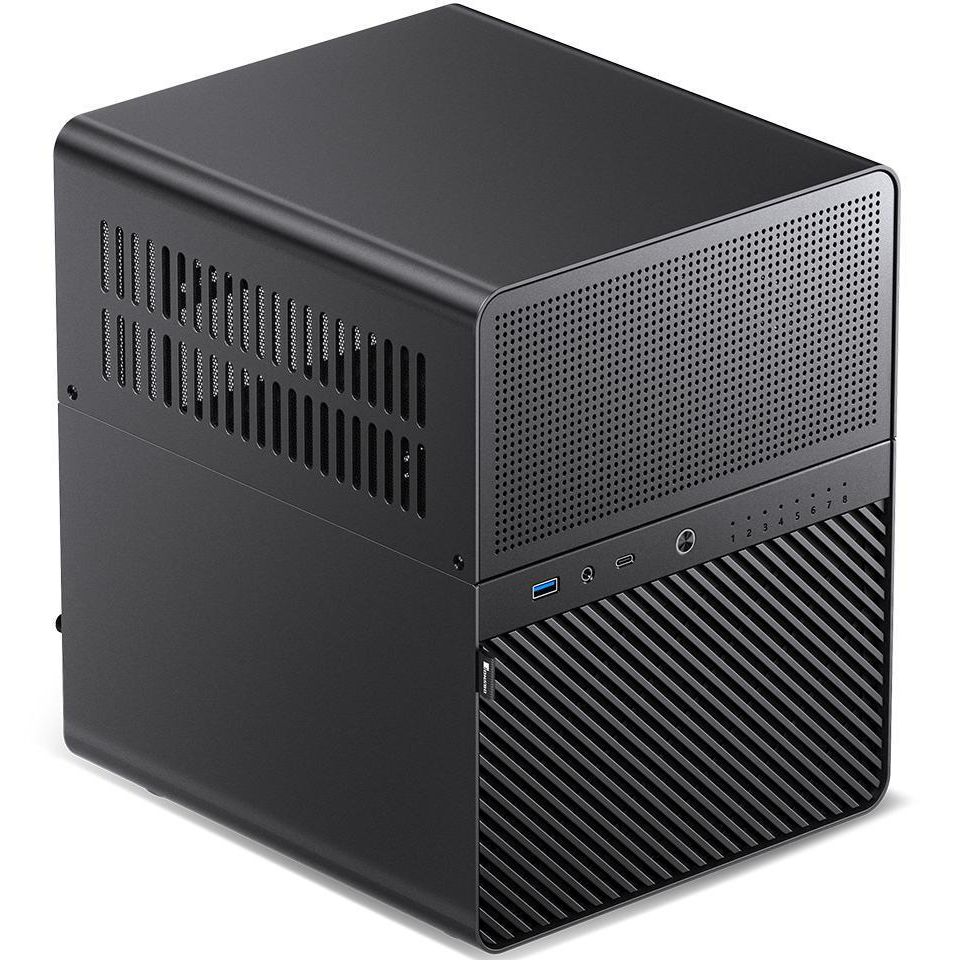
Jonsbo N3
Best overall
$166 $299 Save $133
Overall, the Jonsbo N3 provides a solid foundation for any NAS build with plenty of drive capacity and room for powerful ITX motherboards. Its relatively high cost is well-countered by the design’s elegance, strong engineering, and Jonsbo’s experience in making NAS enclosures.
-
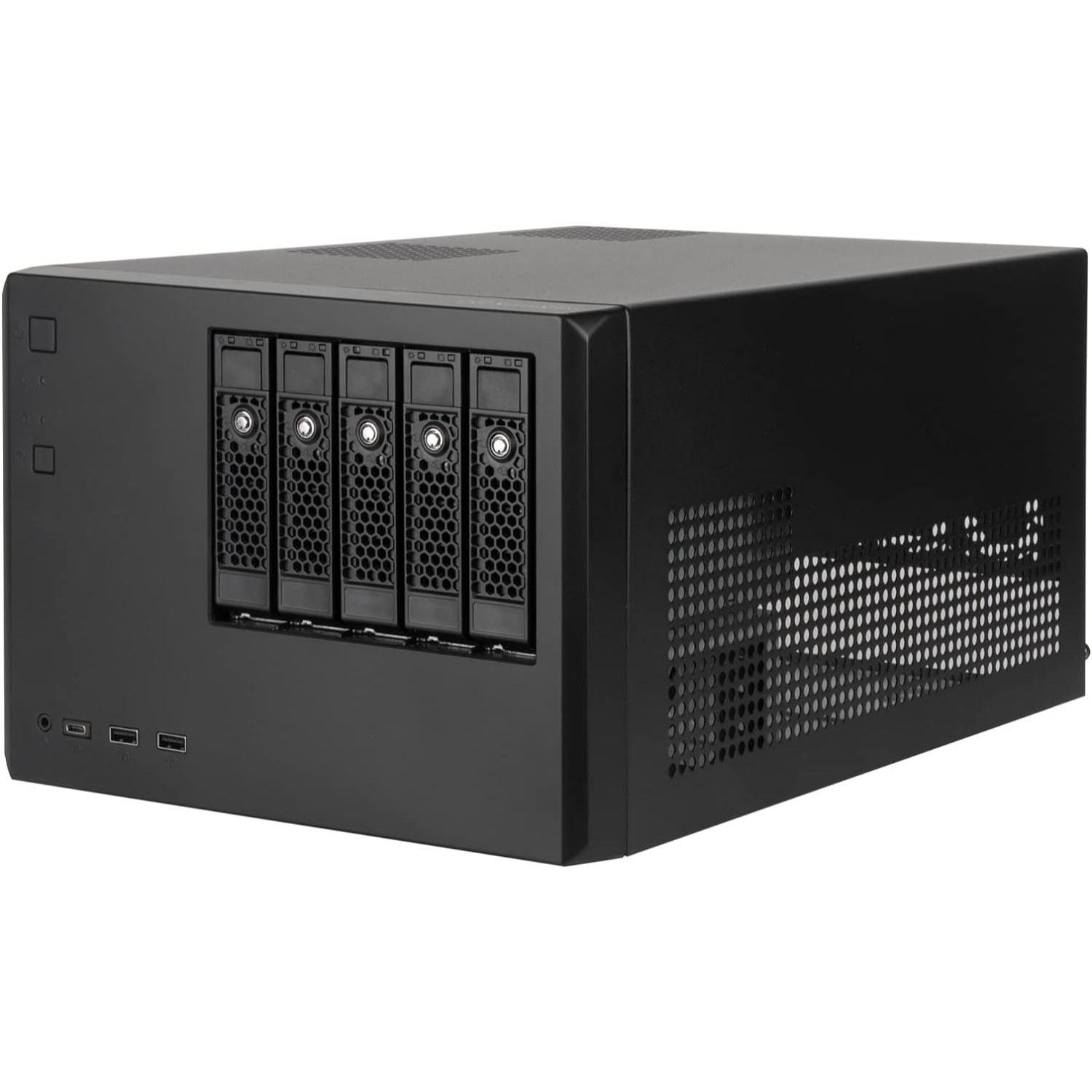
SilverStone Technology CS351
Premium pick
The SilverStone Technology CS351 is a high-quality NAS box designed to hold five SATA or SAS drives, a Micro-ATX motherboard, and an ATX power supply. The PCIe slots are full-height, allowing this NAS to be fitted with a discrete video card if required. The CS351 is another classy product from SilverStone.
-
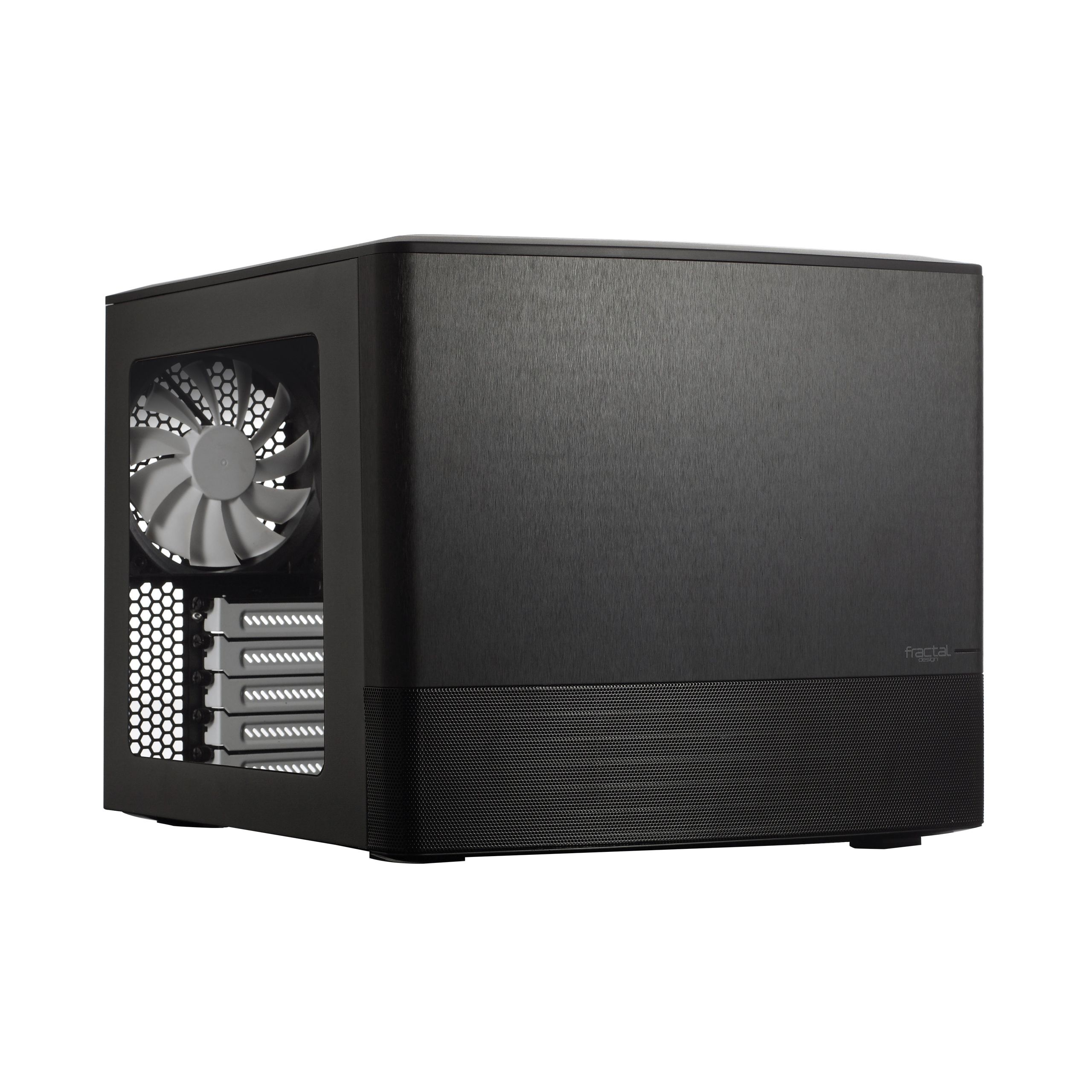
Fractal Design Node 804
Best value
The Fractal Design Node 804 is a small system case that works well for many applications, including NAS. Built to the exacting standards of Fractal Design, the 804 offers space for eight 3.5-inch drives and two 2.5-inch positions. It has room for a Micro ATX or Mini ITX mainboard and a full-sized ATX PSU.
-
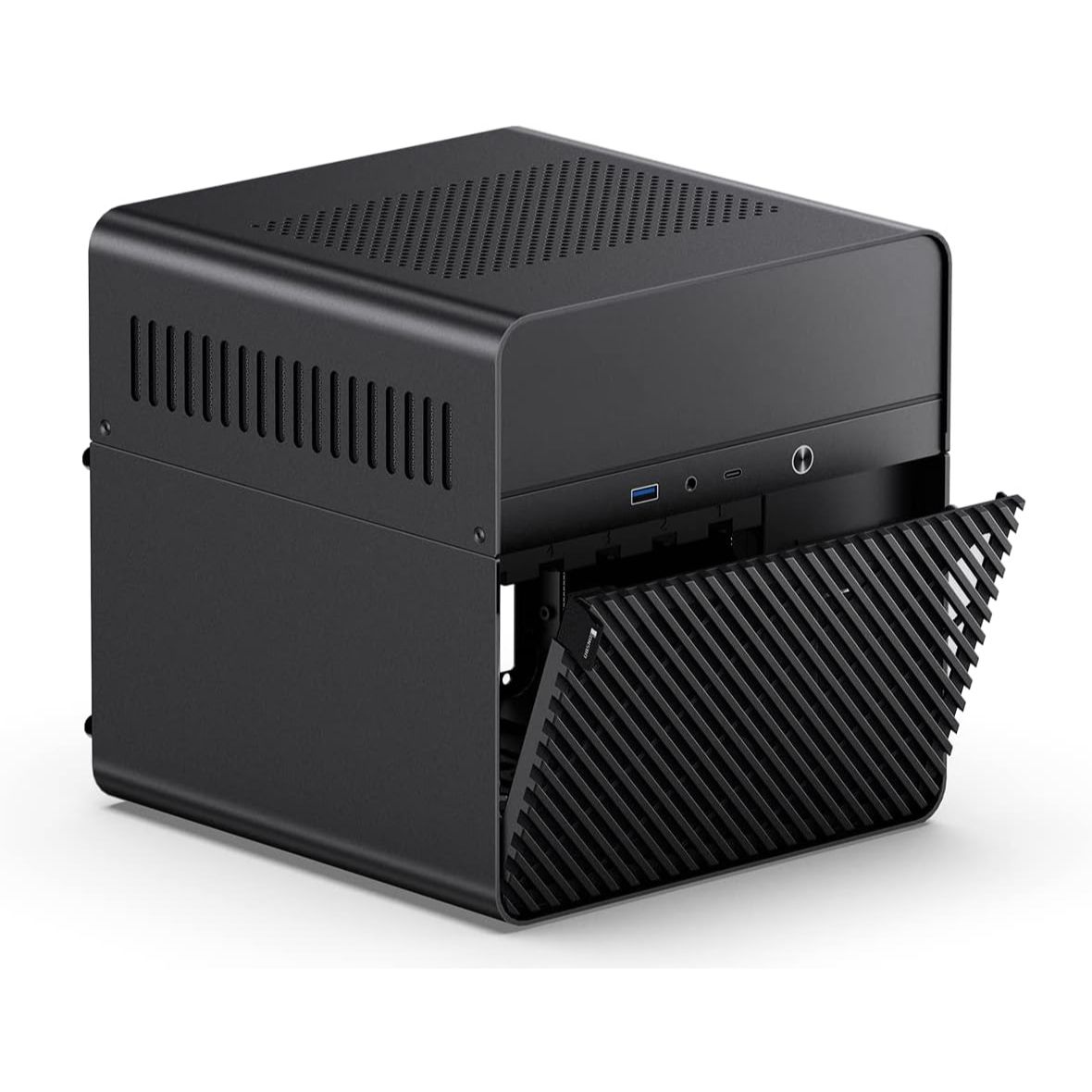
Jonsbo N2
Best small
A follow-up to the popular N1, the Jonsbo N2 is a more familiar-sized and shaped NAS enclosure with five hot-swap bays and room for an ITX motherboard. Available in either white or black, this is an inexpensive option for NAS builders but ideal for making a powerful system with plenty of storage.
-
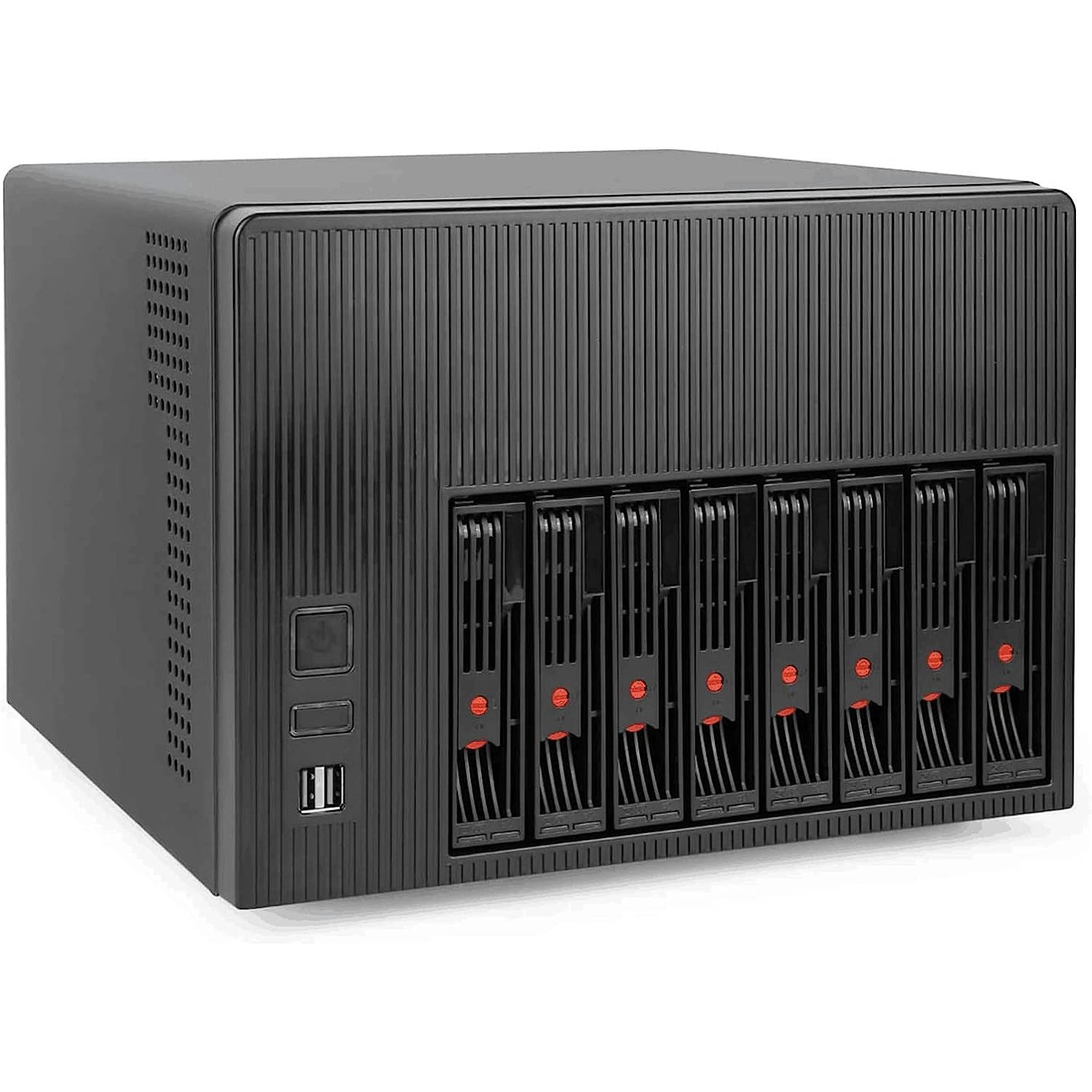
AudHeid K7
For an eight-bay NAS case, the K7 is affordable, and its ability to accept Micro-ATX-sized motherboards provides many platform choices. They are sold under several brand names, but they all have the same basic steel structure and drive options. The K7 is the preferred alternative to using a desktop PC case.
-
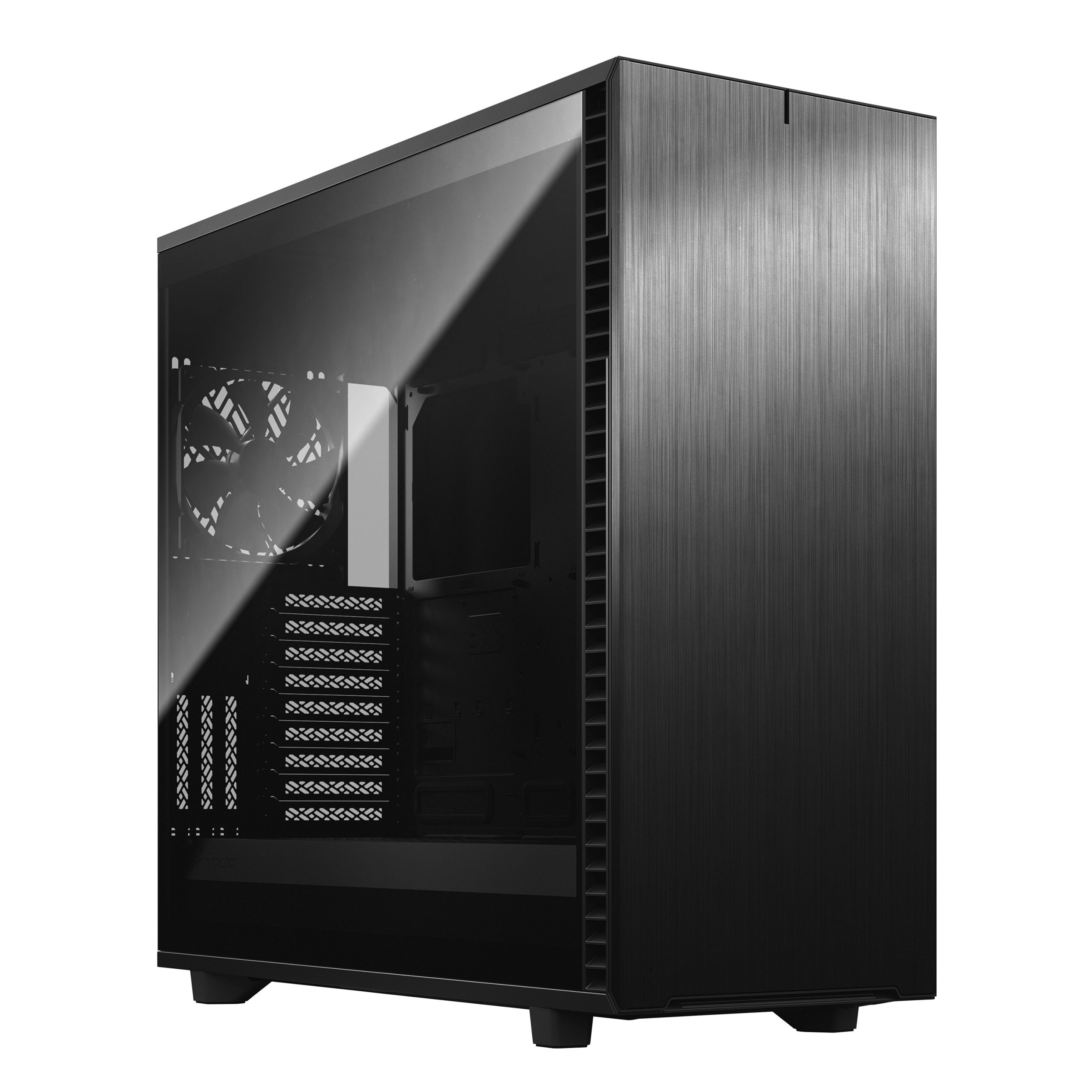
Fractal Design Define 7 XL
A PC tower case has found favor with NAS builders worldwide. Far from a small enclosure, the advantage of the Fractal Design Define 7 XL case is that it can accept any motherboard up to E-ATX and SSI-EEB size. But where it really shines is in the number of drives it can include, with room for up to 18 3.5-inch mechanisms.
-
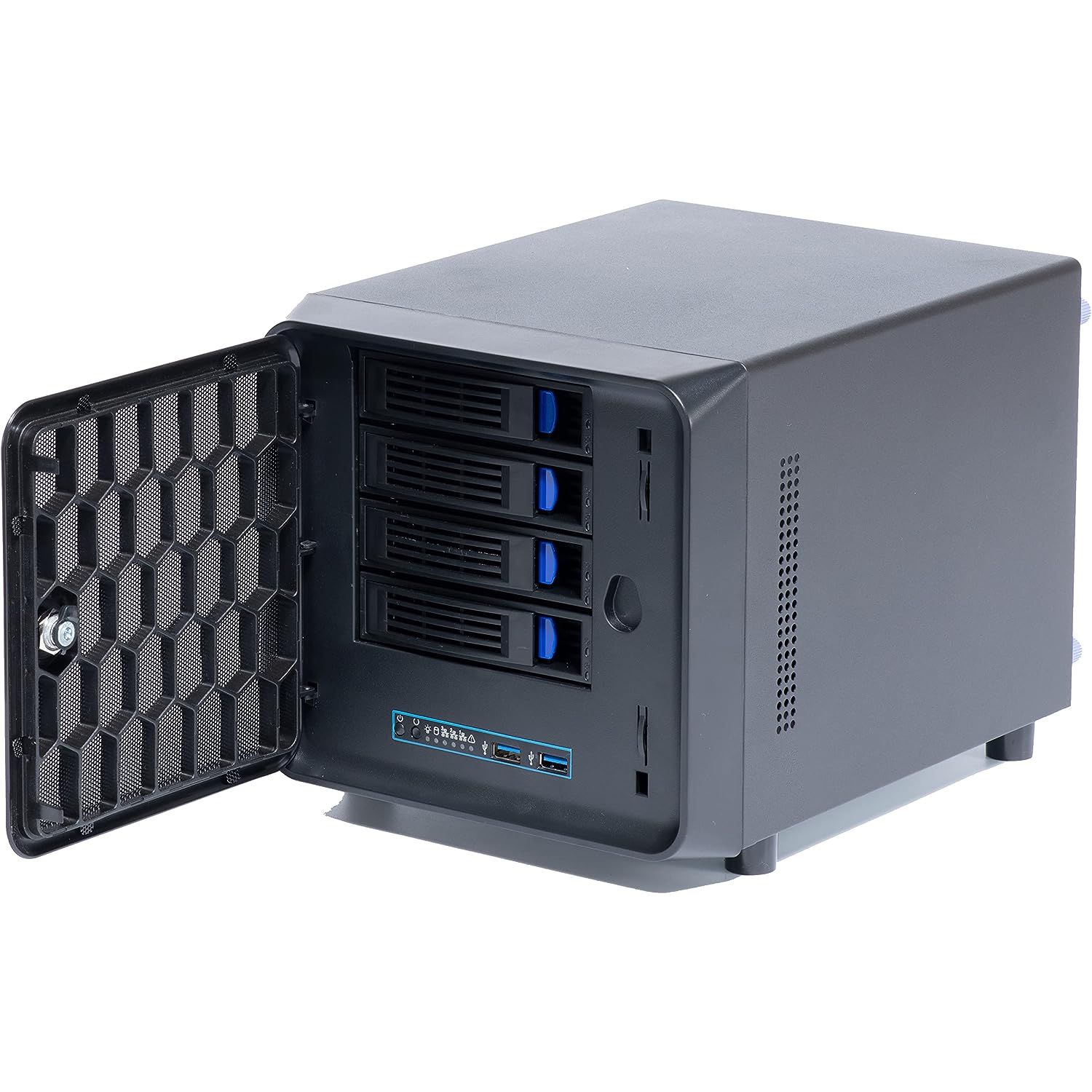
KCMconmey NAS-411
The KCMconmey NAS-411 is a basic four-bay enclosure with room inside for an additional 2.5-inch drive, a Mini ITX motherboard, and a Flex or 1U PSU. It’ll also accommodate a single full-height PCIe card and has an 80mm fan that draws air through the mesh door to keep the drives cool. This option’s low cost can be offset by the expense of Mini ITX boards and Flex power supplies.
-
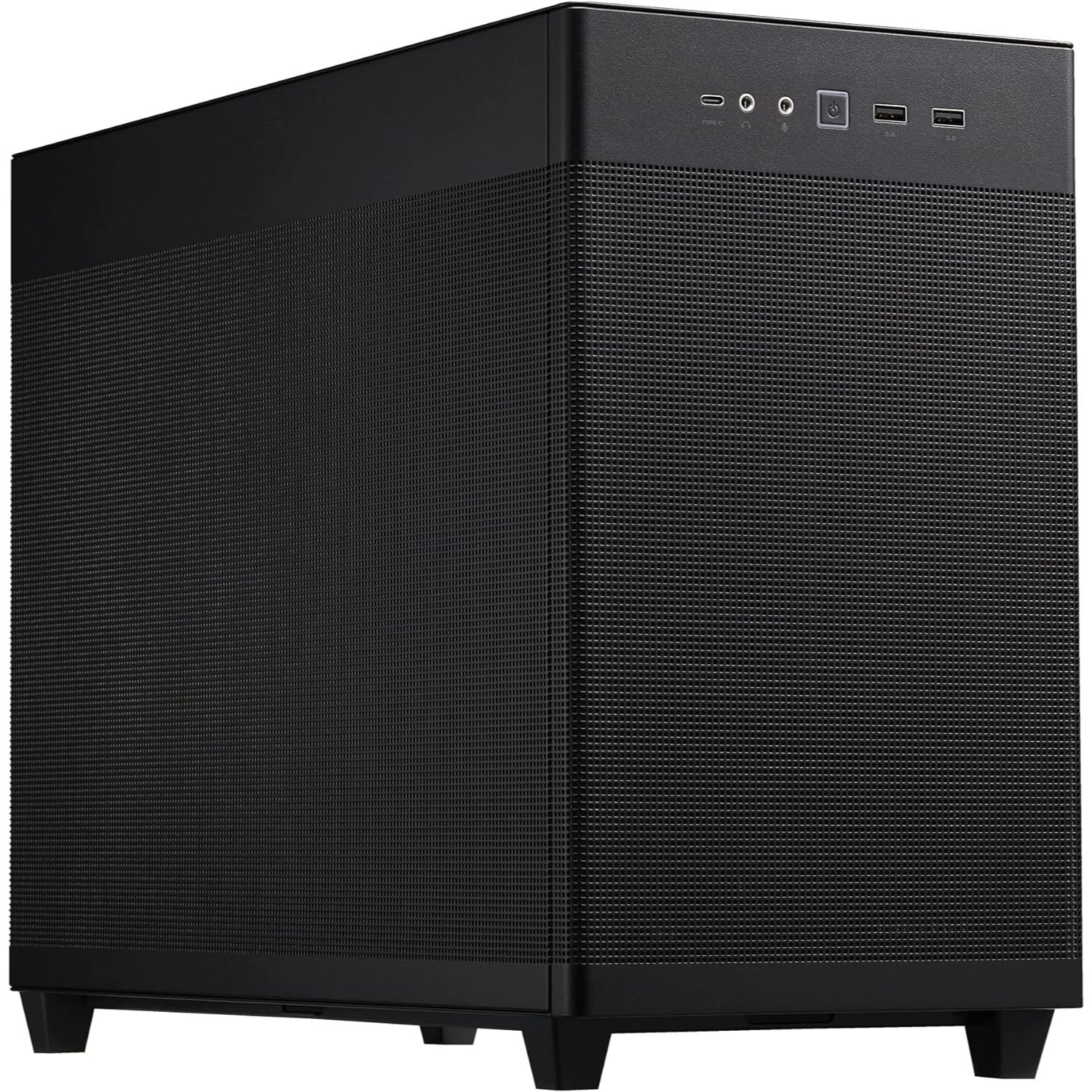
ASUS Prime AP201
$65 $80 Save $15
The ASUS Prime AP201 is a mid-tower case that can accept any Micro ATX motherboard and has room for a standard ATX power supply, multiple fans, and even 280 and 360-mm radiators. It even comes in black or white with either solid sides, a clear side panel, or mesh on all sides. Built for gaming, the ventilation in this design is also ideal for keeping NAS drives cool.
How do I pick the perfect case and motherboard combination?
All NAS cases have a maximum motherboard size they will accept, often smaller than a typical desktop case. The smallest is Pico-ITX, then Nano-ITX, Mini-ITX, Micro-ATX, and ATX. ATX is most often found in desktop PCs, but servers use larger layouts like E-ATX. NAS cases generally take Mini-ITX or Micro-ATX, and you can find those with either pre-installed processors or with sockets to take desktop processors.
Those with processors mounted on them often use silicon designed for laptops and embedded devices, like the Intel N5105 or Atom. These platforms are more than powerful enough to run a file server, but they don’t have the power to handle more demanding tasks or large numbers of users. They also might not support ECC (Error Correcting Memory), which is desirable in a NAS where reliability is critical.
It is possible to get Mini-ITX boards with a desktop processor socket, but Intel doesn’t support ECC memory on its ITX platforms. AMD does with AM4 socketed CPUs, but you’ll need the space in the NAS case to fit an effective cooler on the CPU to avoid overheating. The situation is better with Micro-ATX, where desktop processors are more widely supported, and the number of SATA ports on the board is more than the four that many Mini-ITX boards support. Having sufficient SATA ports is a critical feature if you want more than four drives in a NAS, and it avoids occupying one PCIe slot with SATA controllers to add those connections.
One last consideration is the power the system will consume and how that balances with the intended power supply. Smaller cases often use SFX or Flex power supplies, and these can be expensive when rated above 500W. Those planning to use a desktop CPU with many drives and a GPU might exceed their power budget. Cases that can accept an ATX power supply are ideal for those systems since 500W ATX supplies are cheap and easily sourced.
What’s the best NAS case you can buy?
The simple answer is the one that best fits your needs and budget, and depending on those requirements, one might not even be presented here. Many will be looking primarily for the power to run services or manage drive storage, but the exact balance is a personal choice.
The Jonsbo N3 is the best option based on how people use NAS boxes now and how that differs from a few years ago. Those building NAS today are using more powerful chip platforms that need more cooling to manage desktop processors, and the N3 has room for those high-performance components mixed with plenty of drive space.
For those working with a tight budget, the Fractal Design Node 804 forgoes the hot-swap bays but can take an ATX motherboard and ATX power supply. As many system builders might have these parts handy, the complete cost of a NAS built using the Node 804 might be low. Or, at least until you add the storage. Depending on how many drives you intend to use, the ASUS Prime AP201 is also a good budget choice for those with legacy parts to repurpose.
What elevates the SilverStone Technology CS351 to the premium selection is its ability to take SATA/SAS drives in the five hot-swap bays on the outside and another ten mechanisms internally. While not a small-scale NAS enclosure, the CS251 can go from a modest performer to something more substantial. Flexibility enables a NAS built using it to evolve as needs change, and it has the space and cooling to become a powerful selection with the proper investment.
Source link


